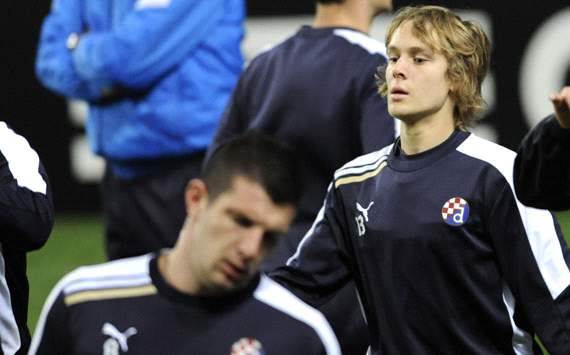
LAHORE:
Recent developments in the spectrum auction process have charged up smartphone producers.
One such producer, Huawei Technologies Pakistan (HTP), is looking to increase its footprint in the market, which it believes will start maturing only after it incorporates third generation (3G) technology.
“People believe the smartphone market in Pakistan has already matured,” said Fraz Malik Khan, head of marketing at HTP, in an interview with The Express Tribune. “I believe this is not the scenario as 3G is yet to come, which, if incorporated as scheduled, would approximately double the number of smartphone users in Pakistan.”

The claim regarding smartphone penetration in Pakistan is a healthy sign for the overall market. Pakistan currently has 15 million smartphone users and Khan intends to make HTP the market leader.
HTP started its operations in Pakistan back in June 2012 by launching its first smartphone P-1. After a lack of initial success, the company revamped its strategy a year later to align with the marketing strategy. This was the time when the company’s flagship product, the P-6, was launched globally. The product helped the company grab a foothold in the market against competitors like QMobile and Samsung.
The company claims that before the re-launch, its sales graph was hovering around 4,000 units per month, which then peaked to around 40,000 as of January. “Our flagship product is extremely popular and as of today we are unable to meet the demand for this product,” Khan said. “With the arrival of 3G services, we will be in a position to be number one selling brand in Pakistan as our research and development infrastructure supports this technology, and this will eventually boost our sales graph,” he added.
Huawei is currently importing around 45,000 units per month, while Samsung imports between 50,000 to 60,000. According to Khan, sales of their high-end products are higher than their low-end products. The price factor of their flagship product allows the company to be more competitive compared to Samsung.
Commenting on the company’s future plans, Khan said that they cannot rule out infrastructural investments by Huawei in Pakistan. “Though I cannot confirm anything at this point, I believe that the country’s premier has already communicated to Huawei to make a resource centre in Pakistan.











